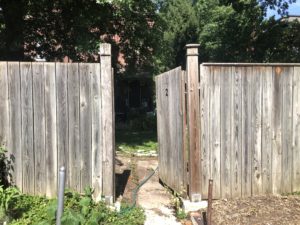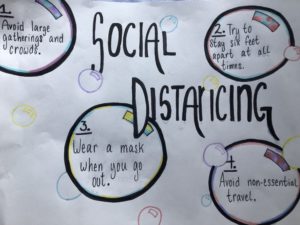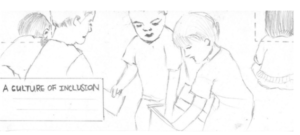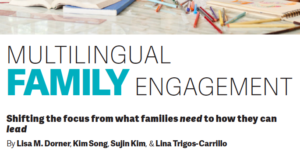
Exactly one year ago today, I sat at work and saw email after email announce the closing of schools, the pausing of travel, what felt like the shutting down of society: change was certainly upon us. The COVID-19 pandemic had shuttered school buildings, forced learning (or the attempt at learning) to go online, and entirely changed our ways of life, from shopping to working to gathering with friends. And then came more reports of Black men killed by police, not to mention further injustices and inequities to various marginalized groups laid bare by the pandemic: higher rates of COVID infection and death among low-income, Black and immigrant populations, and less access to educational opportunities in urban and rural districts across the country as the pandemic spread far and wide.
In the midst of all of this, I had the opportunity to re-analyze data collected about the development of language immersion schooling in the Midwest for an edited book titled, Bilingualism for All? Raciolinguistic Perspectives on Dual Language Education in the United States by Nelson Flores, Amelia Tseng, and Nicholas Subtirelu. I see this book as part of broader conversations about educational and racial equity happening across the country right now, as we considered who has access to bilingual programs and how they work or not for marginalized populations.
Historically, the phrase “bilingual education” brings to mind specialized programs for children from immigrant families who speak languages other than English at home. In the past 20 years, however, there has been widespread development of what is now called “dual language” education, which ideally (though with many challenges) brings bilingual education to a wider group of students. Some programs aim to purposefully integrate immigrant/transnational youth who speak a shared home language (e.g., Spanish) with English-dominant youth. Other programs are designed to support bilingual and biliteracy development in children who come from mostly monolingual, English-speaking homes. This is the kind of program I followed for nearly 10 years.
I have to say, it was an amazing school and educational opportunity for a very diverse group of students. This program was designed by a bilingual African-American woman and met its main aim to bring bilingual education to Black youth whose families had never had this kind of opportunity before. However, as I discuss in the chapter of Bilingualism for All?, state and federal policies that focused on English language arts development promoted a slow shift in the school away from their founding aims. After many years of reportedly low standardized test scores, the school was pressured to change its approach to language education; as part of this, they decided that students needed to perform proficiently on English exams before they could be taught content material in another language. Essentially, this positioned Black youth in the school as “language-less” – as not even being competent in their own native language of English – completely neglecting the actual multilingual and multiliterate capacities that Black youth have and do bring to school. (For more on the richness and history of Black language in the U.S., check out the Black Language Syllabus and Marcyliena Morgan’s work.)
The change at this school was slow; it was subtle. But it had real material consequences in terms of whether and how Black youth from this city could continue to access and develop bilingualism in a way that has been possible for students who live in more advantaged circumstances. In future work with schools and educators, this underscores the importance of studying change itself, of asking why and when do we change our educational approaches, and what are the outcomes of doing so? What new policies or practices cause us to position a certain group of students in a certain way? Does this result in inequities of access or opportunity? How can we advocate for (re)changing those policies to (re)position youth and instead recognize and center their capacity and creativity?
For sure, the only lasting truth is change. The hopeful news is that if we inquire into our circumstances, if we consider a range of perspectives and unintended consequences of the policies around us, we may be able to bring about helpful rather than hurtful change. How have our current circumstances changed you? And what change do you want to bring about?





